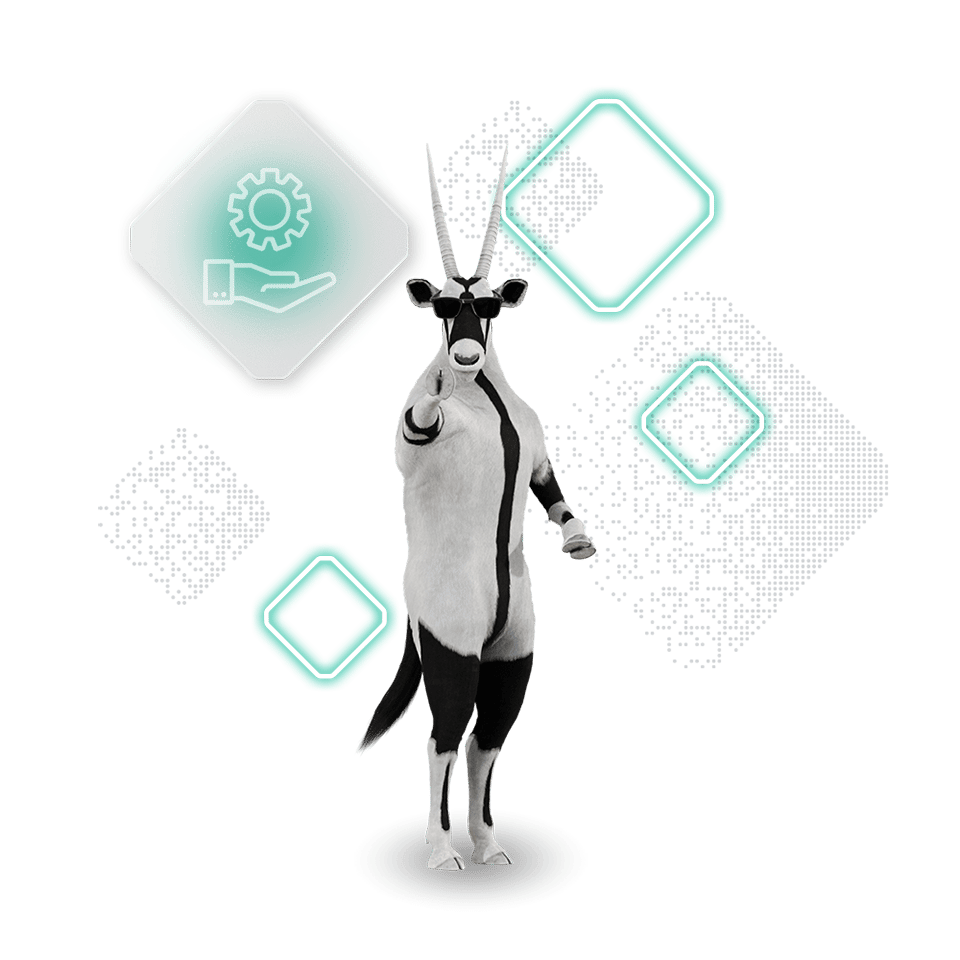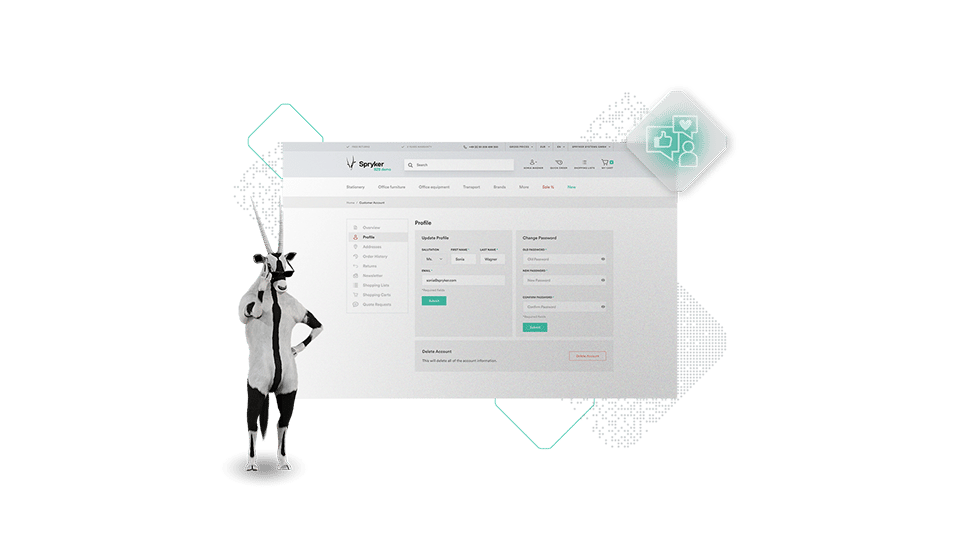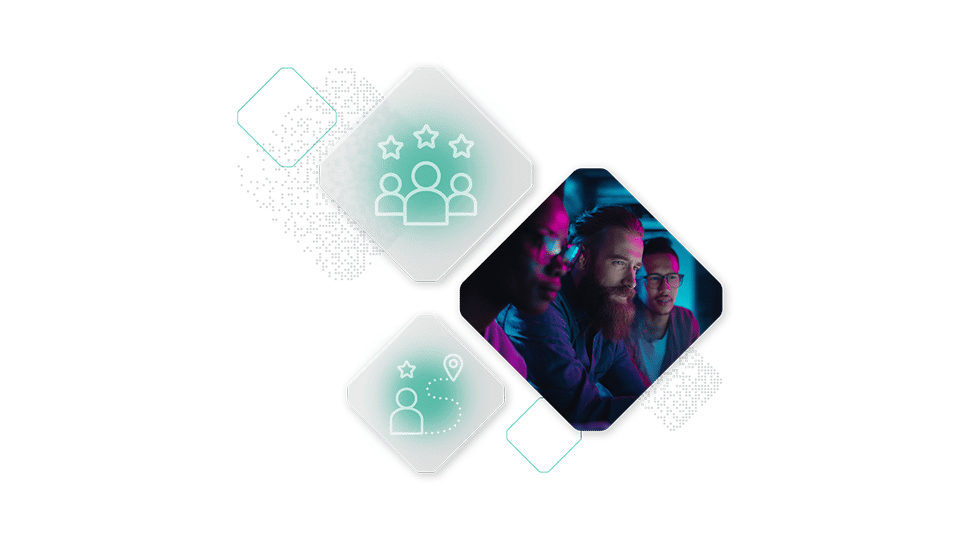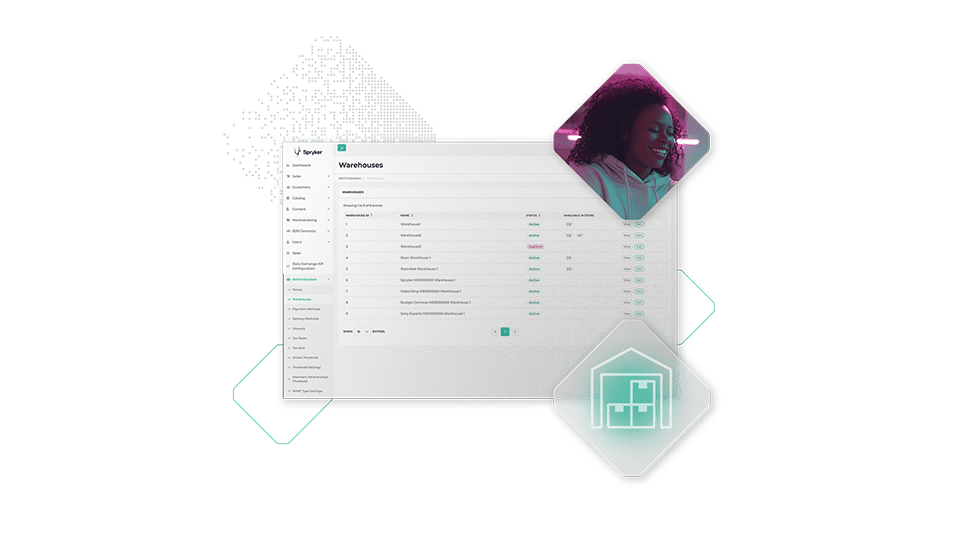
Product as a Service
‘Product as a Service’ refers to a business model where products are not purchased outright and owned by customers but are instead “rented” through subscription or pay-per-use agreements.
The adoption of ‘Product as a Service’ has been especially driven by developments in sensor tech, data analytics, IoT, and cloud computing.
Product as a Service
‘Product as a Service’ refers to a business model where products are not purchased outright and owned by customers but are instead “rented” through subscription or pay-per-use agreements.
The adoption of ‘Product as a Service’ has been especially driven by developments in sensor tech, data analytics, IoT, and cloud computing.
A Unique Opportunity for Enterprises
‘Product as a service’ can be offered through various models, including rental, subscription, or pay-per-use. This business model offers many advantages and benefits, including an enhancement of the overall customer relationship by offering flexibility and financial freedom.
Furthermore, ‘Product as a service’ offerings extend product access to new customers, who may otherwise not be able to afford products outright. This increases returns overall by creating new and recurring revenue streams.

Challenges Addressed by Product as a Service
Acquiring, using, and maintaining complex products can be challenging for businesses, with high entry costs, limited usage, product obsolescence, and operational complexity being some of the key issues. Product as a Service addresses these challenges by providing a subscription-based model that offers access to products and services, ongoing support, and upgrades.
High Product Entry Costs
Limited Time of Usage
Product Obsolescence
Operational complexity
The Business Outcomes of Product as a Service
Offering products as a service can create opportunities to tap into new audiences and revenue streams. Time and again, history has shown that when products require a high acquisition cost, complex upkeep from an on-site team, or simply when a customer needs access to cutting edge technology, product as a service offerings are an optimal method by which to overcome these challenges.

Attract New Customers

Increased Revenue

Enhanced Customer Satisfaction

Increased Sustainability
The Spryker Solution
Learn how Spryker & our partners enable this use case and your success
Spryker Capabilities
-
Concrete and Abstract Products
-
Configurable Products
-
Price management
-
Promotional Discounts
-
Inventory Management
-
-
Professional Services
-
Customer Journey Analysis
-
Operating Model Sparring
-
Process Design Workshop
-
Capability Mapping
-
-
-
See Spryker in Action.
Make digital commerce your competitive advantage with a platform that optimally implements your unique business model.
